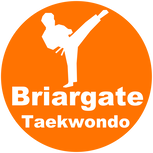You’ve probably wondered which martial art would best protect you in a real confrontation. I’ve spent years training in various disciplines, and I’ll tell you – it’s not as straightforward as picking the “toughest” style. From the brutal efficiency of Krav Maga to the strategic mastery of BJJ, each art offers unique advantages for self-defense. But here’s the thing: your perfect match depends on factors you might not have considered yet. Let’s investigate what actually matters when your safety’s on the line.
The Science Behind Effective Self-Defense Training
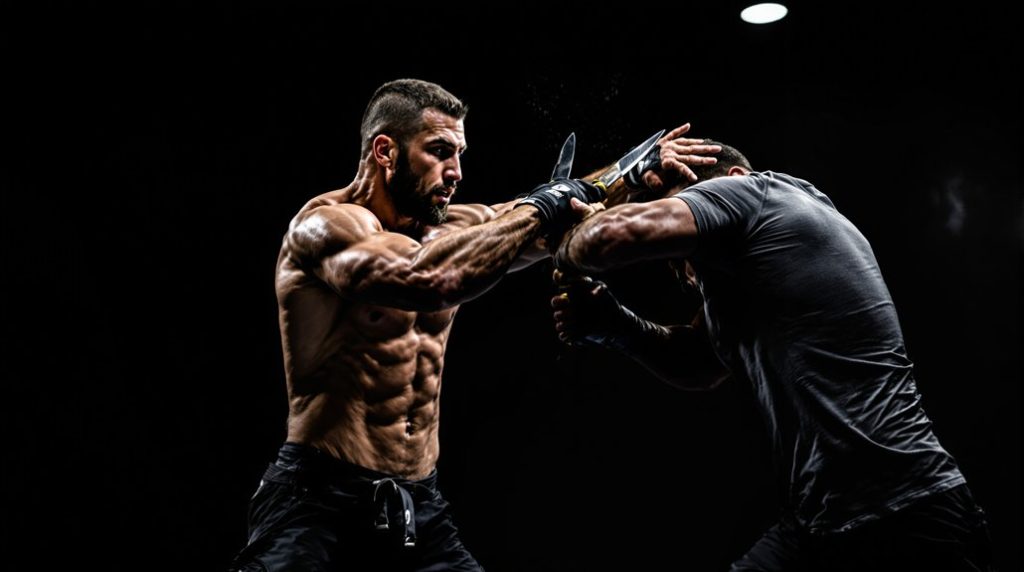
Science has revealed fascinating insights about why martial arts training works so well for self-defense. When you train under pressure, your body undergoes physiological adaptations that prepare you for real threats. Korean martial arts have demonstrated these benefits for over two millennia.
Your tactical decision making improves through live sparring, while your gross motor skills become more reliable under stress. You’ll also develop better reaction time and strength – exactly what you need when it counts. Regular pressure testing against fully resisting opponents is essential for developing real self-defense skills, rather than just theoretical knowledge. Virtual reality simulations are increasingly being used to practice high-risk scenarios safely while maintaining realism.
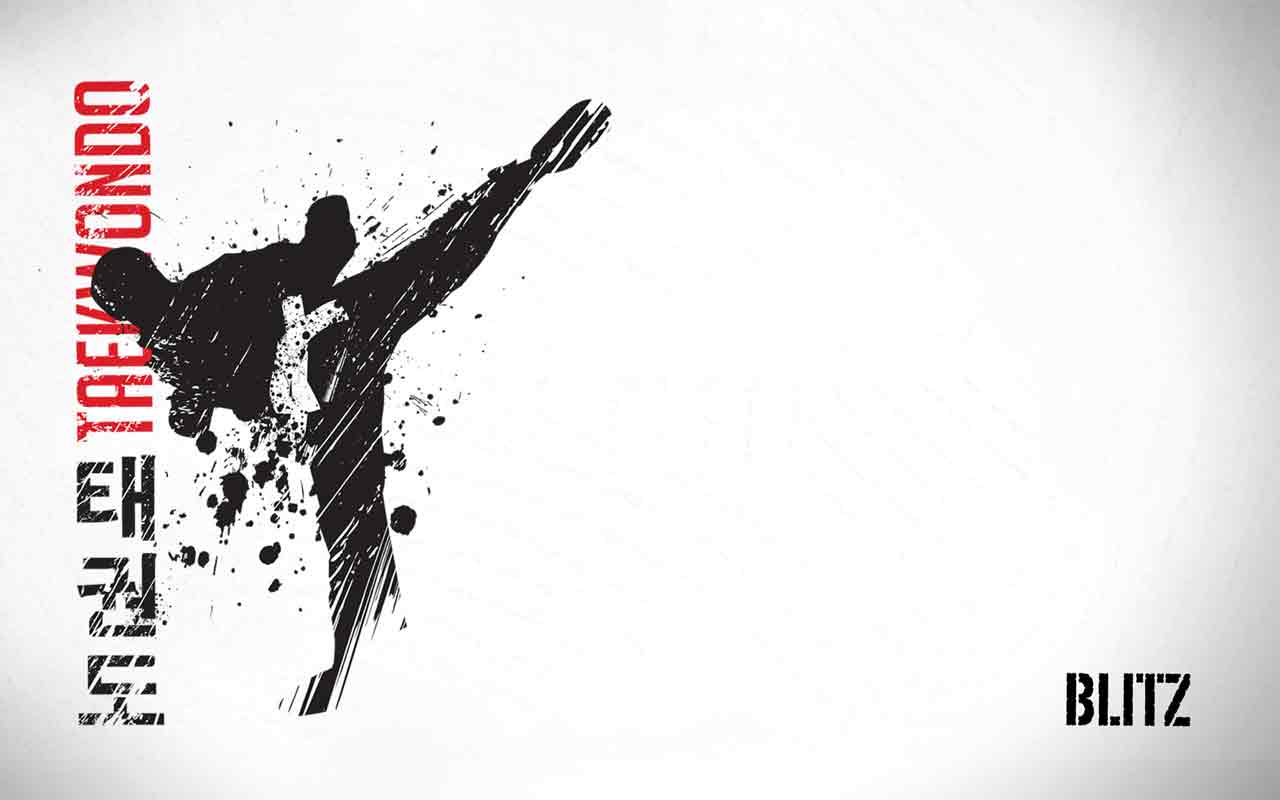
HOW ABOUT 4 WEEKS FOR $49?
Take advantage of this amazing special, before it’s too late!
Comparing Combat Styles: Street Practicality vs. Traditional Methods
Regarding choosing the right martial art for self-defense, I’ve learned that comparing combat styles isn’t as straightforward as you might think.
While traditional arts like Karate build solid foundations, I’ve found combat versatility comes faster with systems like Krav Maga and MMA. Dynamic stretching routines are essential preparation before any intensive combat training. Mental toughness training is crucial for developing real-world self-defense capabilities.
Through my journey, I’ve discovered training efficiency matters most – you’ll want skills that work quickly under stress.
For optimal self-defense capability, Combat Sambo delivers the advantage of mastering both stand-up and ground techniques.
Key Factors That Make a Martial Art Effective for Real-World Defense
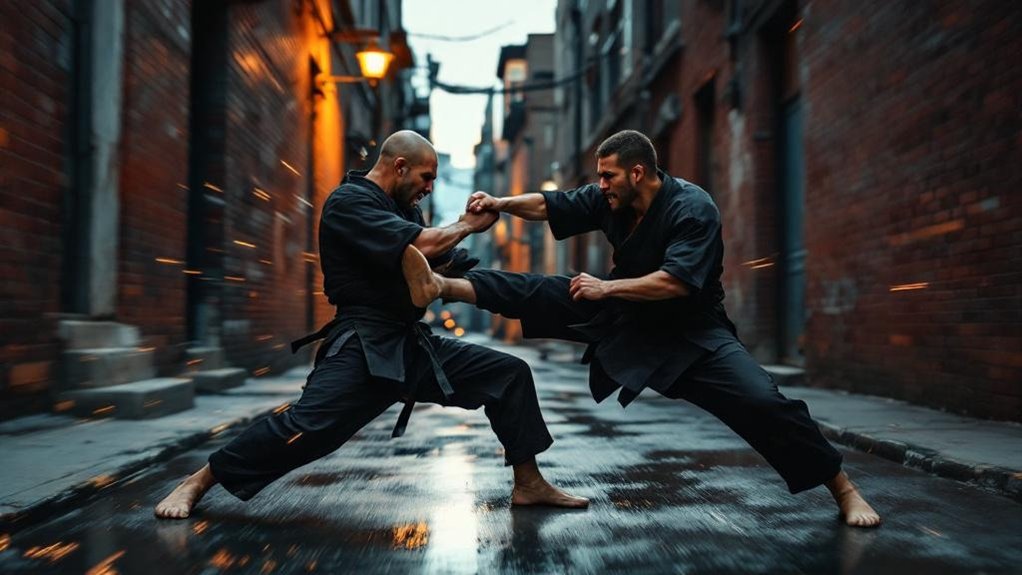
When I first started teaching self-defense classes back in 2018, I thought it was all about mastering the perfect roundhouse kick or executing flawless joint locks. But I quickly learned that blending physical and mental conditioning is what truly matters.
Developing mental clarity and focus through disciplined practice is essential for maintaining composure in threatening situations. You’ll find that leveraging technical efficacy alongside psychological readiness – like situational awareness and emotional control – creates the most complete self-defense foundation. Training consistently can help you burn 720 calories per hour while developing crucial defensive capabilities. Partner drills foster essential teamwork skills that enhance your defensive techniques through cooperative learning experiences.

HOW ABOUT 4 WEEKS FOR $49?
Take advantage of this amazing special, before it’s too late!
Analyzing Top Martial Arts Through the Lens of Self-Protection
Throughout my years teaching self-defense, I’ve discovered that not all martial arts are created equal in the context of real-world protection. When examining civilian safety protocols, Krav Maga and BJJ stand out as particularly effective systems. With over 500,000 practitioners training in Krav Maga across the United States, its effectiveness for self-defense is well-established. Choosing a school with certified instructors is crucial for learning proper self-defense techniques. Using proper gear selection during training helps prevent injuries while mastering defensive moves. You’ll want to contemplate legal considerations for self-defense too – that’s where Danzan Ryu Jujitsu’s non-lethal control techniques become indispensable. Each art has its strengths.
Making Your Choice: Assessment Criteria for Self-Defense Training
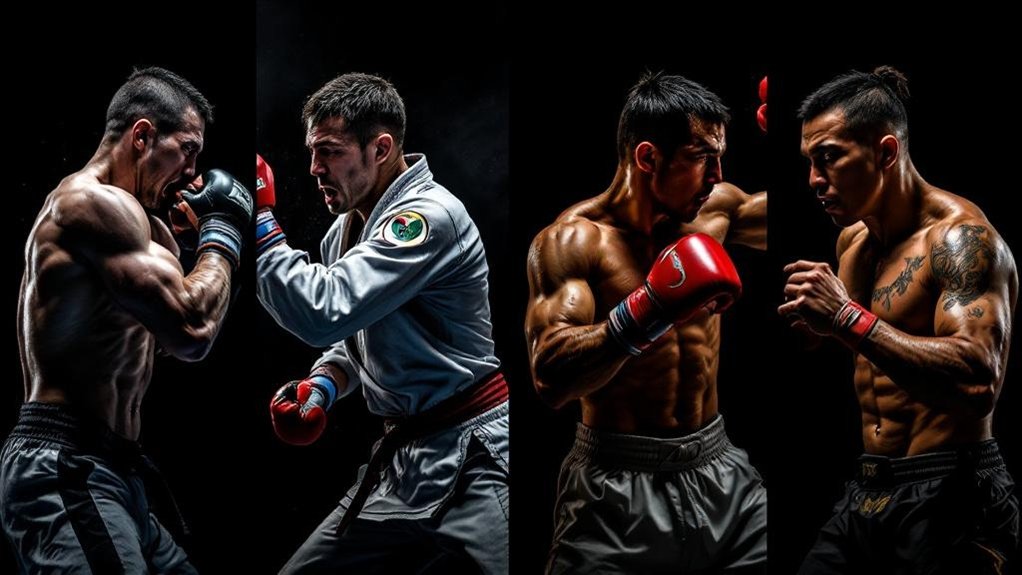
Selecting the right martial art for self-defense reminds me of choosing a reliable partner – it needs to match your lifestyle, goals, and personality. When I assess individual training needs, I focus on your schedule, physical condition, and personal learning style preferences. Setting realistic training goals will help ensure sustainable progress in your chosen discipline. From striking techniques to grappling arts, the diverse range of martial disciplines offers something for every self-defense need.
You’ll want an art that fits your risk factors, local training options, and how quickly you need to develop functional skills. Remember that understanding local self-defense laws is critical when choosing a martial art style to ensure your training aligns with legal requirements in your area.
Frequently Asked Questions
How Long Does It Take to Become Proficient in Self-Defense?
With 90% of fights ending in seconds, you’ll need 3-6 months of regular practice to gain basic self-defense proficiency. Your consistent training commitment, especially with arts like Krav Maga, accelerates skill development.
Can Older Adults Effectively Learn Martial Arts for Self-Defense?
Yes, you can effectively learn martial arts at any age. With proper training modifications that respect your physical limitations, you’ll develop practical self-defense skills while improving balance, strength, and confidence through adapted techniques.
Which Martial Art Is Safest to Practice With Minimal Injury Risk?
You’ll find Tai Chi offers minimal injury risk, with only a 14% injury rate. Through supervised practice sessions, you’ll master controlled movements at a comfortable pace, making it the safest martial art to learn.
Do Martial Arts Training Facilities Require Special Certification or Licensing?
You’ll need basic business licenses, but specific martial arts certifications aren’t legally required. However, you should obtain instructor qualifications through recognized associations and maintain proper insurance to protect yourself and your students professionally.
How Much Should Quality Martial Arts Instruction Typically Cost per Month?
Time is money, but you’ll find affordable monthly fees ranging for quality instruction. Cost-effective training programs in traditional styles run lower, while specialized disciplines like BJJ command premium rates of $300/month or more.
Conclusion
You’ll get the most out of your self-defense training by choosing a martial art that matches your physical capabilities and lifestyle. Take Sarah, a 5’2″ software engineer who chose BJJ – she successfully defended herself against a larger attacker by using mechanics and ground techniques. Whether you pick Krav Maga’s aggressive style or BJJ’s technical approach, commit to regular practice and focus on real-world applications. Your best defense is the one you’ll actually train consistently.

HOW ABOUT 4 WEEKS FOR $49?
Take advantage of this amazing special, before it’s too late!
